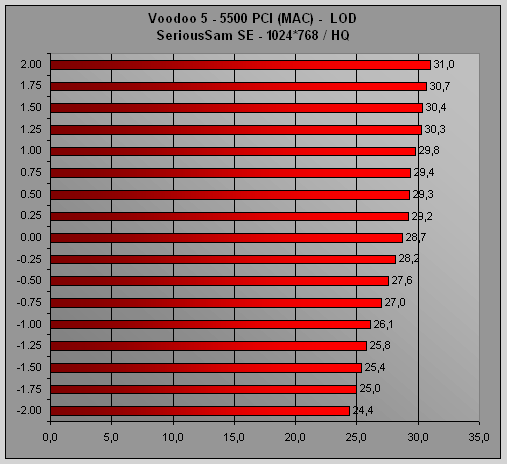HDR is more memory bandwidth-limited than traditional rendering. And your results speak for themselves: if you are implementing 2x supersampling with a small performance hit, then you are not fillrate-limited.poly-gone said:On the contrary, I wrote the code so I perfectly know what's going on and what it's limited by. And in fact, IT IS FILLRATE LIMITED because I'm using both HDR Rendering and performing soft-edged shadow mapping (1024x1024 SM).
Edit:
Made a mistake.

